Description
Teach students to master the 6 levels of Bloom’s Taxonomy while teaching reading comprehension using high-interest narratives. In each of the 30 lessons in a formal yet interesting and inviting format students will:
Improve reading comprehension
Improve standardized test-taking skills
Learn how to identify what kinds of answers test questions are looking for
Identify questions at each level of Bloom’s Taxonomy
Readability grade levels have been calibrated for each selection. Non-fiction narratives include biographical sketches, scientific findings, life in times past, animal facts, and naturally occurring events in nature. Each of the selection’s follow-up questions is directly correlated to a level of Bloom’s Taxonomy.
Students review types of thinking that the question assessment section will require, explore new vocabulary, read the narrative, discuss the selection, answer Bloom-correlated questions, and analyze the levels of questions.
3rd – 4th grades emphasize Knowledge and Comprehension levels, but students are exposed to Bloom’s 4 higher levels. 5th and 6th grade students focus on Application and Analysis levels but continue to review the lower two levels as well as gain exposure to Synthesis and Evaluation. 7th and 8th emphasizes Synthesis and Evaluation and reviews the 4 previous levels. Enrichment activities and “Write Your Own” activities are included.
Sample Pages
CLC0353A.pdf

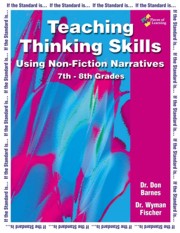

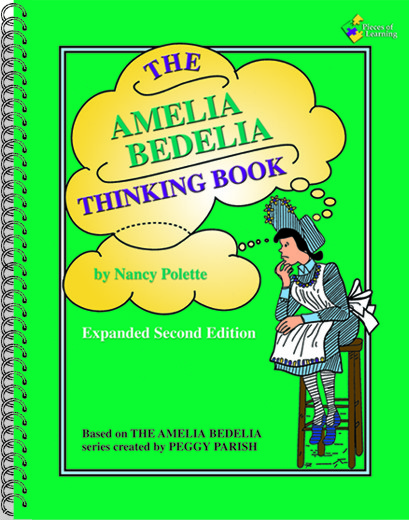

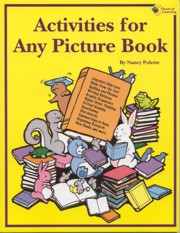
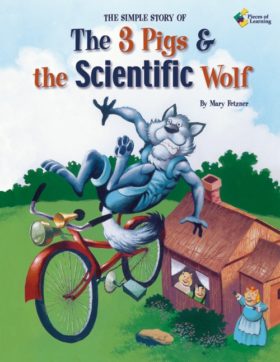
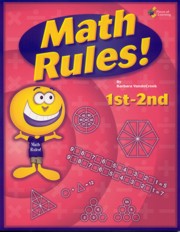
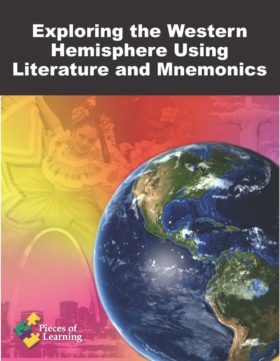
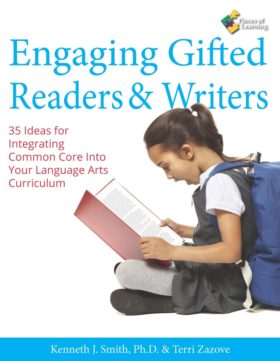
Loyal Customer –
This is the second in a series of grade-leveled books designed for practice of thinking at specific levels of Bloom’s taxonomy. In this 7th-8th grade book, the emphasis is on practice of synthesis (“creating a new plan, new meaning, or structure using previous knowledge”) and evaluation (“judging relevance or adequacy of information”). Grade-appropriate non-fiction passages are provided with questions at the specified levels. While this book would provide excellent focused-thinking exercises, I would not want to overuse it because the reading passages resemble standardized test-prep fare. I would use these passages sparingly for focused work and use the higher level questions as models for discussion of other reading assignments.